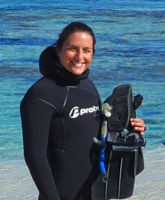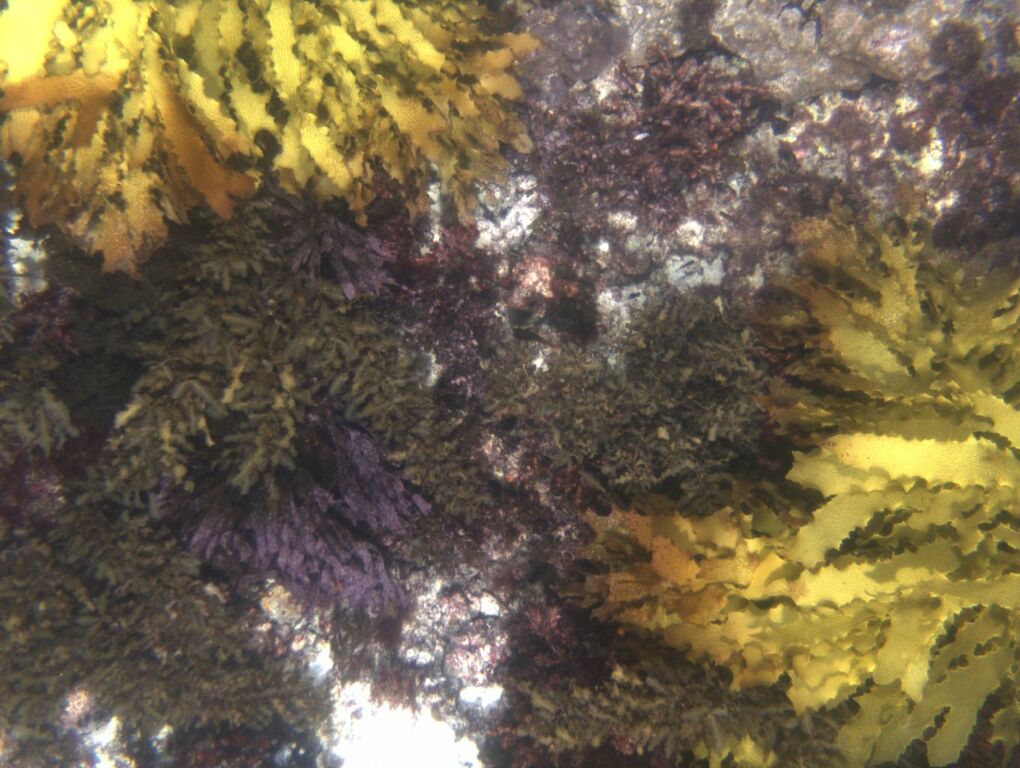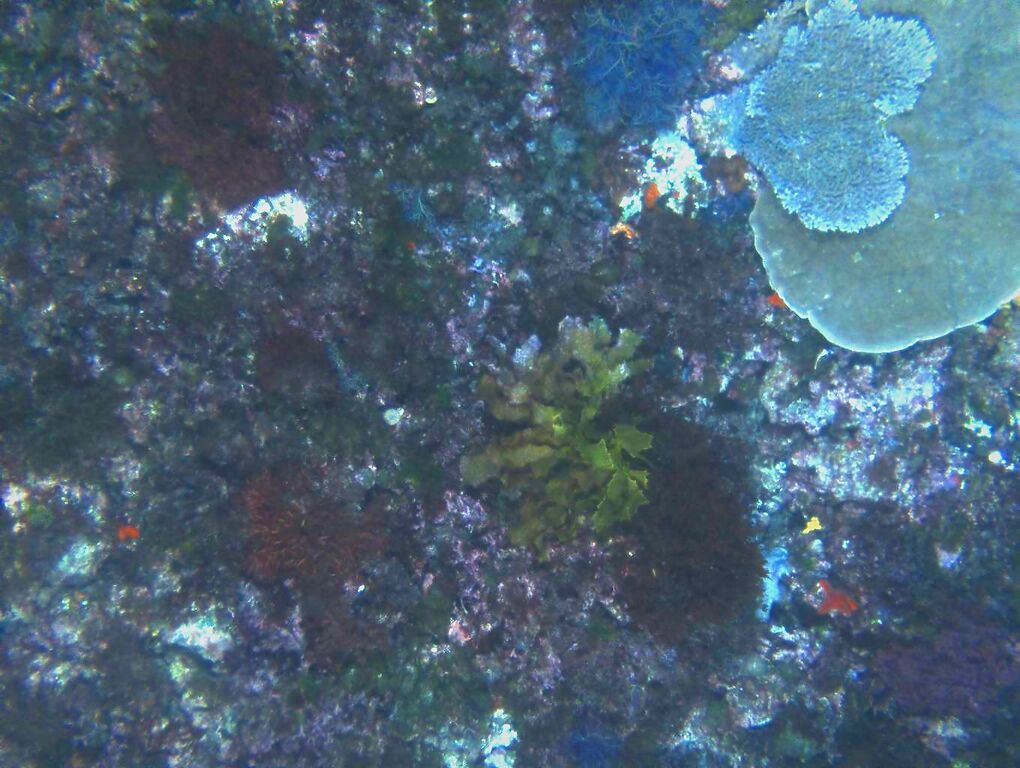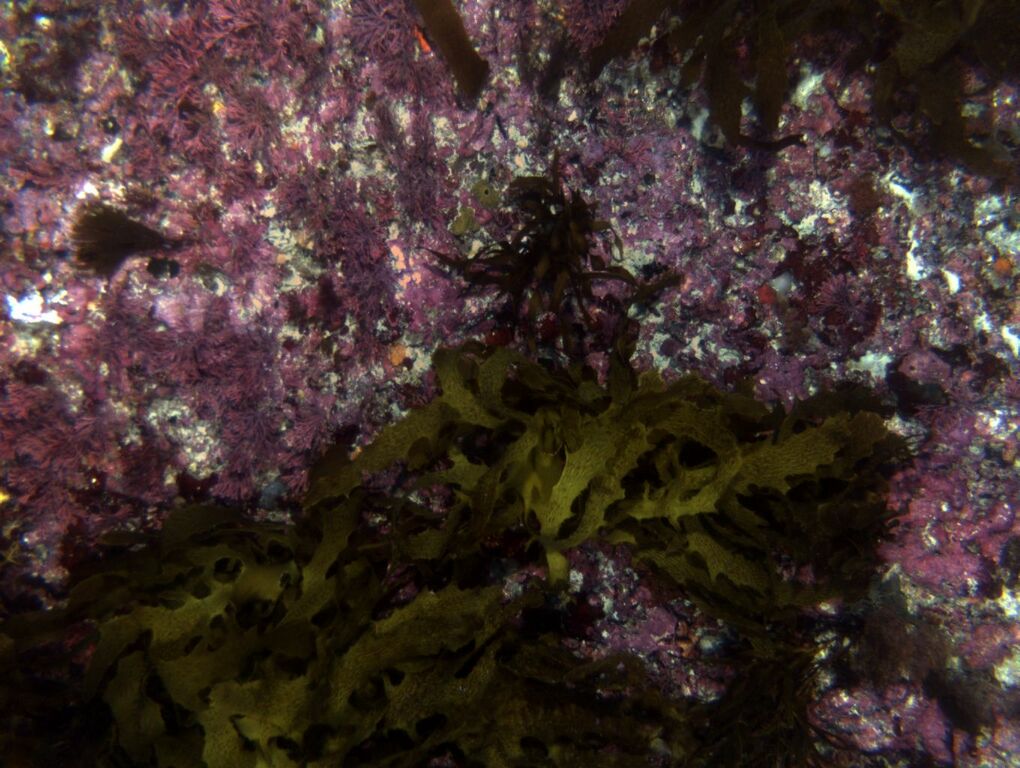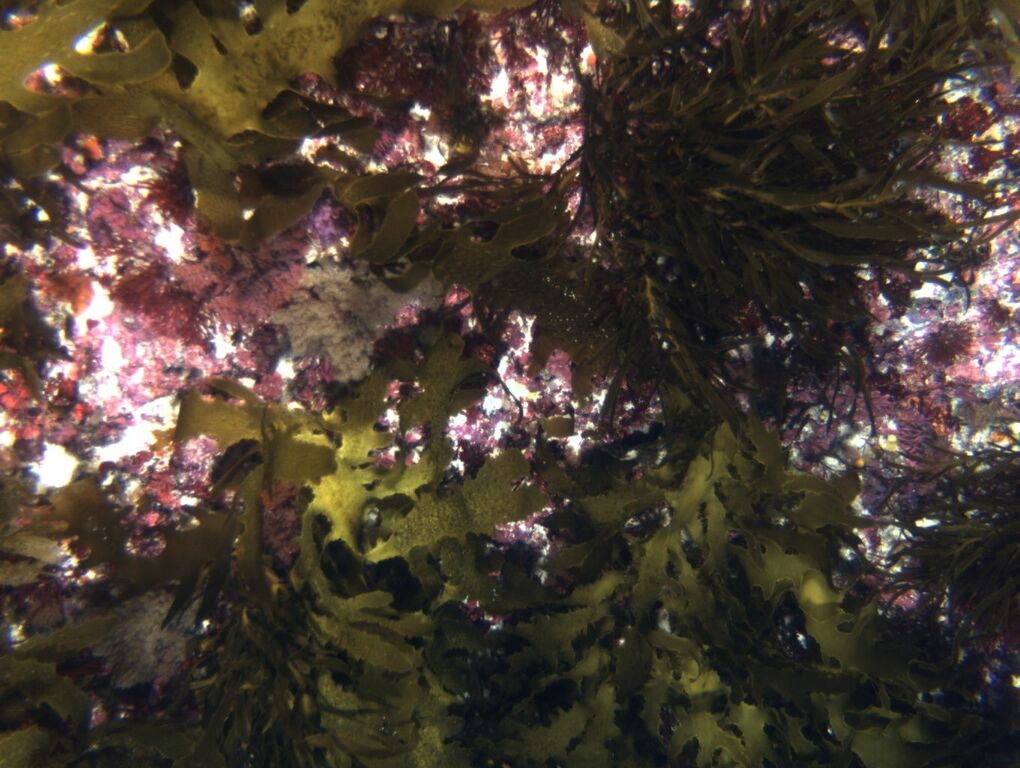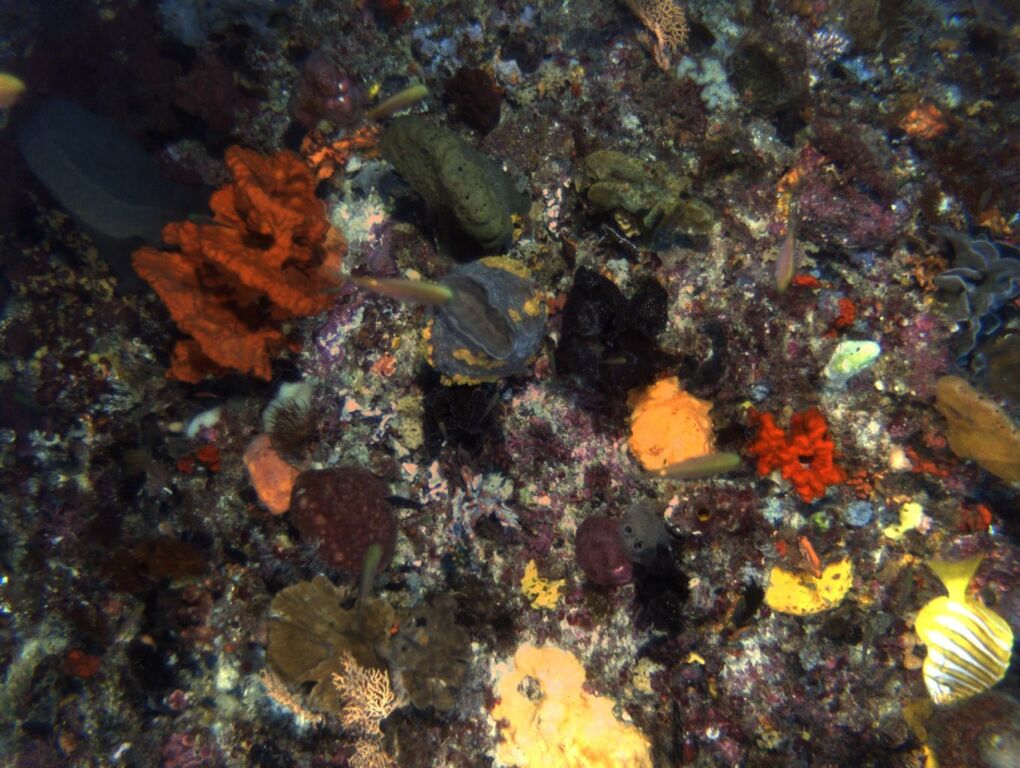Behind the science:
Depth moderates loss of marine foundation species after an extreme ...
2020, August 10
Posted by Veronica Radice
Fields
Climate Change
Focusgroups
Overall benthic (groups)
Seagrass
Locations
Australia - Western Australia
Platforms
Autonomous Underwater Vehicle (AUV)
“Effects of 2011 Western Australian marine heatwave across a subtropical–temperate transition”
What was the most challenging aspect of your study (can be anything from field, lab to analysis)?
As for any research, there were many challenges, but the most challenging aspects of this one were two: the lengthy analysis of AUV (Autonomous Underwater Vehicle) images, and acquiring environmental data. I analysed over 6,000 images, and it is easy to forget that images are not data. I was lucky and had help from a volunteer and a master student to classify the images. However, I had to check the classification for consistency so that took much longer than I expected. It was worth it though, especially since now I work with a lot of data obtained from AUV, ROV and BRUVs. Regarding the environmental data, it is hard to collect data at 40 m of depth in remote locations. I wanted to get temperature data for each depth, but it was not possible. I think the next step in this type of research in Western Australia is to monitor basic environmental conditions like temperature, and light at mesophotic habitats.
What was the most memorable moment in undertaking this study?
It was the AUV field trip I coordinated in 2017. It was my first time working with this kind of technology and it was interesting to learn what was necessary to collect this type of data. Imagine putting a car in the the ocean from a vessel, the AUV is not a small device. During this field campaign, I went to the Houtman Abrolhos Islands for the first time, a beautiful place.
What was your favorite research site in this study and why?
Tough question. I think Rottnest Island because I got to do a lot of other work for my PhD there, so it holds a special place in my heart. The seafloor is full of kelp, corals and sponges and it can get very swelly and wild out there. It is an amazing place. I also learnt that the ocean at the west end of Rottnest Island has spiritual significance for the island’s traditional owners, the Whadjuk Noongar people. It is called “Kooranup” and it is a spiritual resting place, like a heaven.
Other than your co-authors, with whom would you like to share credit for this work?
With the Autonomous Underwater Vehicle facility of IMOS (Integrated Marine Observing System in Australia), since it was thanks to their vision that this data was obtained.
Any important lessons learned (through mistakes, experience or methodological advances)?
Obtaining data from deeper habitats requires more effort, time and better equipment than for shallow sites. I tried placing temperature and light loggers in situ at different depths. They were placed on heavy blocks attached to subsurface boys. I lost them all in the winter season due to storms and swell. I know now, that better equipment is needed to do that.
Can we expect any follow-up on this work?
Absolutely, this was the first chapter of my PhD, there are three more currently in review. The next three focus on kelp in temperate Western Australia. They will be looking at the difference in reproductive output across depth, estimations of vertical propagule dispersal and identification of region of potential deep refugia.
Featured article:
|
|
Depth moderates loss of marine foundation species after an extreme marine heatwave: could deep temperate reefs act as a refuge? | article Giraldo-Ospina A, Kendrick GA, Hovey RK (2020) Proc R Soc B |
|
